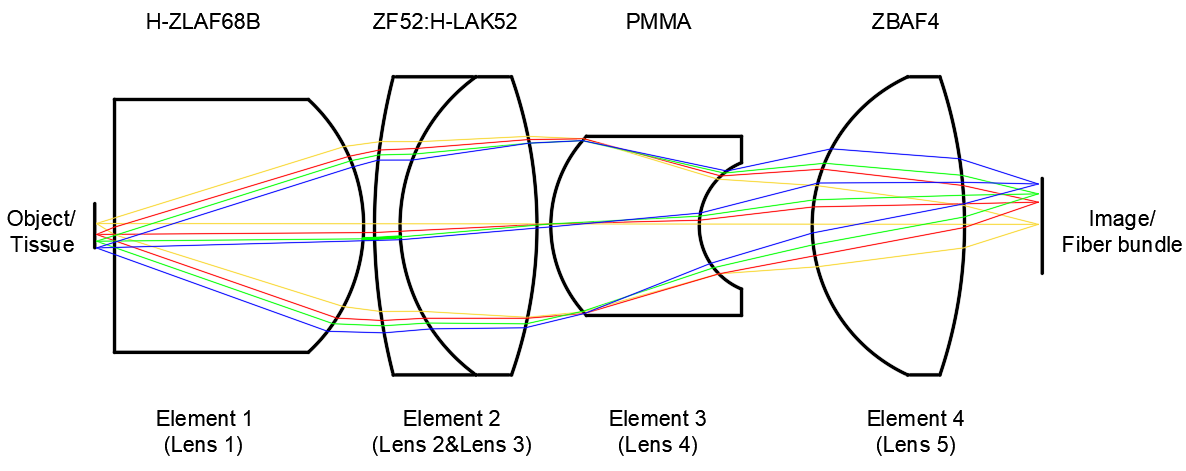The Small Objective Lens plays a pivotal role in contemporary scientific exploration, particularly in the microscopic realm. This compact optical component is essential for magnifying minuscule structures with precision, enabling scientists to delve into the microcosm and observe details imperceptible to the naked eye.
Meticulously designed based on optical principles, the Small Objective Lens comprises a series of lenses and optical elements. These components work in concert to magnify the image of observed objects, ensuring clarity and minimal distortion. The lens operates within the wavelength range of 488–550 nm, accommodating fluorescent dyes commonly used in gastrointestinal tissue imaging.
Distinguished by its small size and lightweight nature, the Small Objective Lens stands out for its portability, facilitating microscopic studies in diverse settings. Equipped with interchangeable lenses, it provides flexibility in selecting magnification levels, crucial for various scientific experiments.
The small objective design involves meticulous consideration of factors such as field curvature, distortion, and chromatic aberration. Comprising only four glass lenses and one plastic lens, the design incorporates aspheric surfaces, doublet lenses, and biconvex lenses to correct aberrations effectively. The final design, with a packaged diameter of 2.6 mm, ensures diffraction-limited performance for fluorescence confocal microendoscopy.
Extensive performance analysis confirms that the Small Objective Lens adequately corrects aberrations, meeting design requirements. Tolerance analysis and Monte Carlo simulations affirm successful fabrication and assembly, with results consistently meeting or exceeding specifications.

The applications of the Small Objective Lens span biology, materials science, and medicine. In biology, it aids in observing cell structures and microorganisms; in materials science, it contributes to studying minute particle organization and properties; and in medicine, it proves invaluable for minimally invasive surgeries and observing internal structures.
As technology advances, the Small Objective Lens is expected to integrate enhanced optical technologies, achieve higher resolutions, and expand its applications. Collaboration with digital image processing and artificial intelligence will further enhance its efficacy, solidifying its crucial role in advancing scientific research.
In conclusion, the Small Objective Lens has emerged as a versatile and convenient tool, propelling microscopic research to new heights. Its ongoing evolution promises continuous contributions to scientific understanding across various fields, fostering advancements in science and technology.
Do not hesitate to contact Shanghai Optics today. We’d be more than happy to discuss your projects and how best they can become a success.